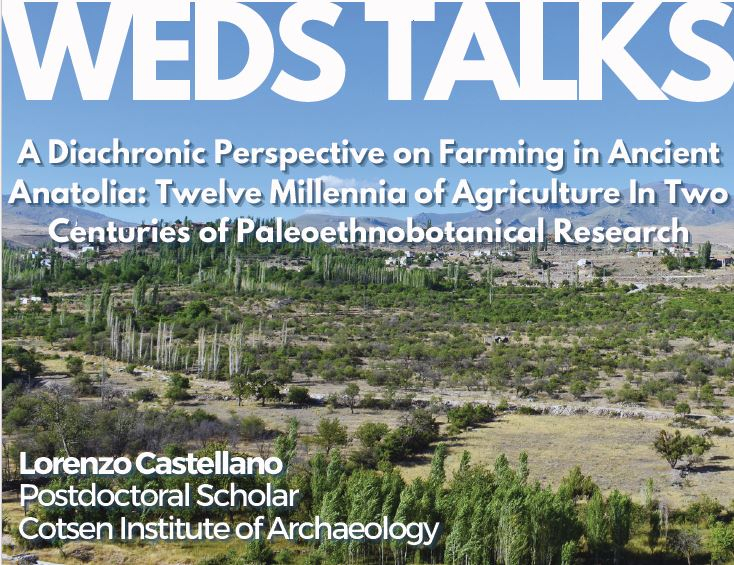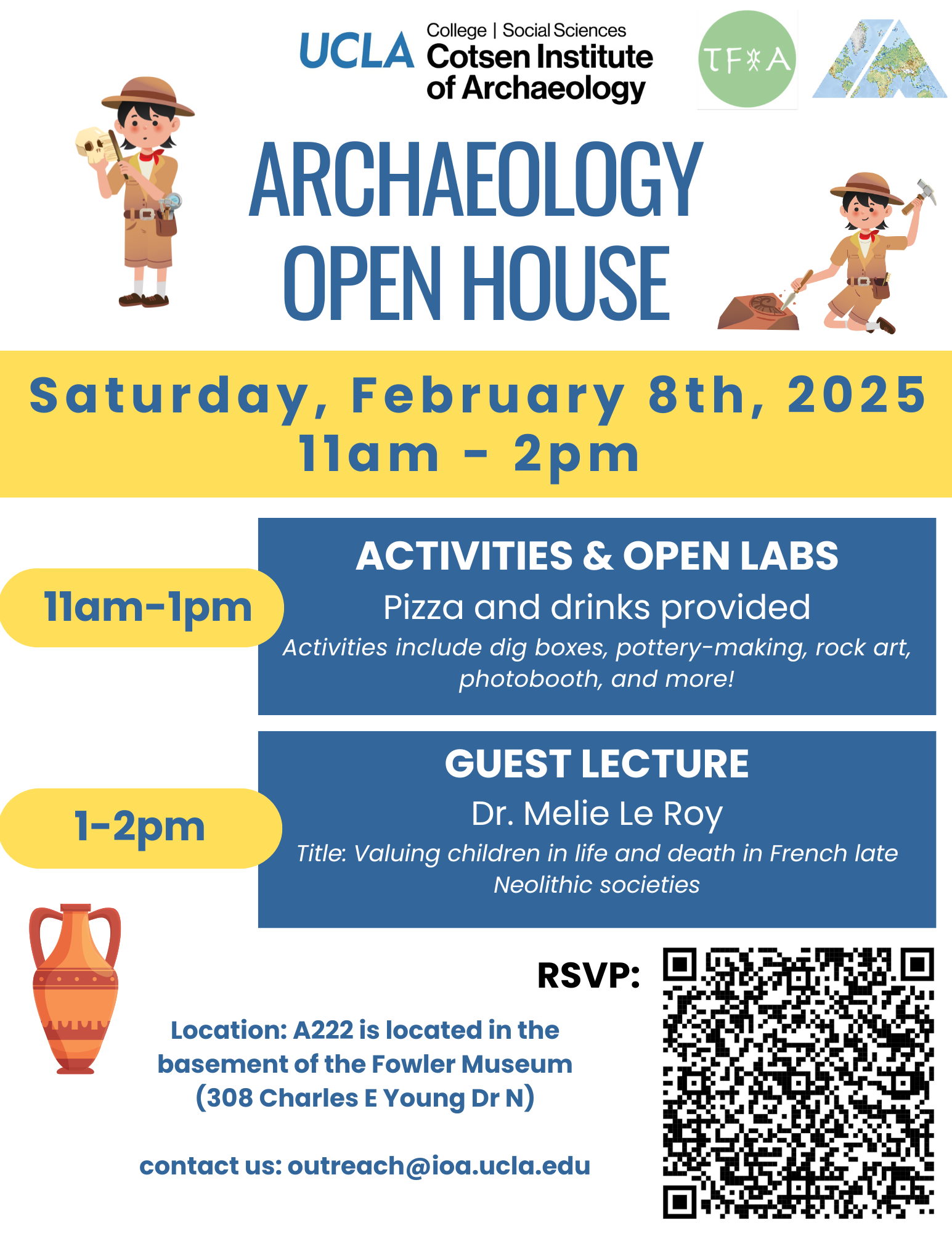Past Events
Interested in Cotsen events? Sign up for our mailing list.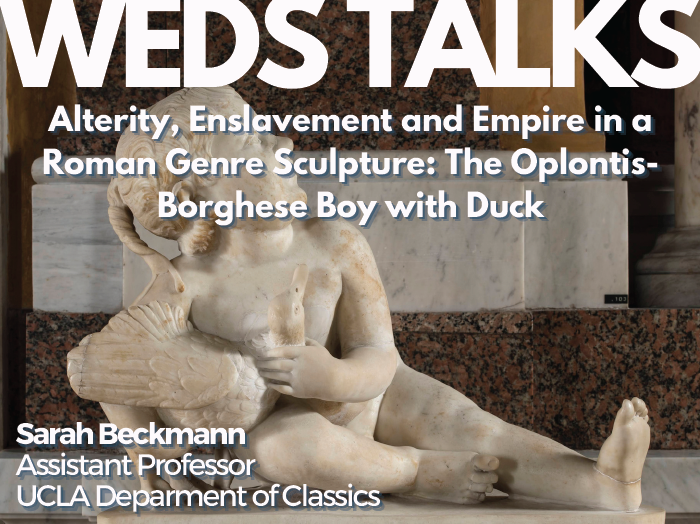
ABSTRACT: This talk re-examines a Roman-era genre sculpture - the Oplontis-Borghese boy with duck statue type - that has received minimal attention in previous scholarship as a so-called copy of a lost Hellenistic original. In the case of the Oplontis-Borghese boy with duck, curious particularities, like the boy's mannered hairstyle, have been downplayed or disregarded, leaving modern audiences unaware of the ornately coiffed population that this statue would have called to mind among viewers in the Roman home: pueri delicati, a special group of child slaves who were often but not exclusively imported to the peninsula from the Greek-speaking East. A thriving global economy in which children are bought, sold, and trained to function as objects from a very young age, Sarah argues, helps to explain the attraction of this piece among elite enslavers in the 1st c. Italian Peninsula. Content warning: this talk discusses evidence for the sexualization and sexual exploitation of minors, especially enslaved minors.
BIO: Sarah is an Assistant Professor in Classics at UCLA and a faculty member in the Cotsen Institute of archaeology. Her research is broadly focused on domestic archaeology in the Roman period, late Republic to late Empire. Current projects include a monograph on the late Roman villa habit and several articles on the representation of marginalized groups in Roman luxury arts (sculpture; paintings). Her previous work has been published in the AJA and Art Bulletin, among other venues, and her talk today builds on a January 2023 article in the AJA on the enslaved reader in the Villa of the Mysteries Fresco.
Contact
Email sutakahashi@ioa.ucla.edu
Phone 310-825-4169
For this talk, Lucero will discuss her recent book, Maya Wisdom and the Survival of Our Planet. She will present its major themes, including the Maya inclusive or non-anthropocentric worldview where they co-exist with nonhumans as part of the world, not separate from it. She will highlight how the ancestral Maya collaborated with nonhumans resulting in a tropical landscape with green cities, rural farmsteads, gardens, fields, biodiverse forests, and sacred places. The Maya sustainably farmed for millennia without destroying their environment and provided tribute to their kings in 100’s of cities. In return, kings performed vital ceremonies and maintained reservoirs through the annual dry season—a balancing act that succeeded for over 1,000 years. Maya insights are vital for the survival of our planet and call for collaborating with rather than dominating the nonhuman world, and their traditional knowledge provides concrete solutions to sustainably address climate change and environmental degradation. Maya resilience is a testament for how to move forward, and my book provides a roadmap for families to global corporations on how to do so.
6pm Lecture
7pm Reception
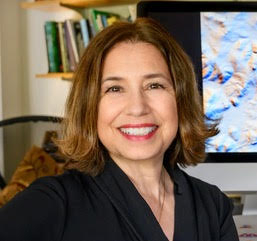 Lisa J. Lucero (PhD, UCLA) is a professor of anthropology at the University of Illinois at Urbana-Champaign and a Fellow of the American Association for the Advancement of Science. As an archaeologist, her interests focus on ritual and power, water management, the impact of climate change on society, sustainability in tropical regions, and the ancestral Maya. She has been conducting archaeology in Belize for over 35 years, authoring seven books and an array of articles and book chapters. She uses insights from past and present Maya knowledge and practices to promote sustainable strategies to address global climate change.
Lisa J. Lucero (PhD, UCLA) is a professor of anthropology at the University of Illinois at Urbana-Champaign and a Fellow of the American Association for the Advancement of Science. As an archaeologist, her interests focus on ritual and power, water management, the impact of climate change on society, sustainability in tropical regions, and the ancestral Maya. She has been conducting archaeology in Belize for over 35 years, authoring seven books and an array of articles and book chapters. She uses insights from past and present Maya knowledge and practices to promote sustainable strategies to address global climate change.
Contact
Phone
The Cotsen Institute of Archaeology and the CMRS Center for Early Global Studies present Place, Indigenous Resistance, and Architectures of Protest in Contemporary Mexico with Dr. Tania Gutiérrez-Monroy, Assistant Professor in the School of Architecture + Landscape Architecture (SALA) at The University of British Columbia. Dr. Gutiérrez-Monroy is an architectural historian who studies relationships between identity and space.
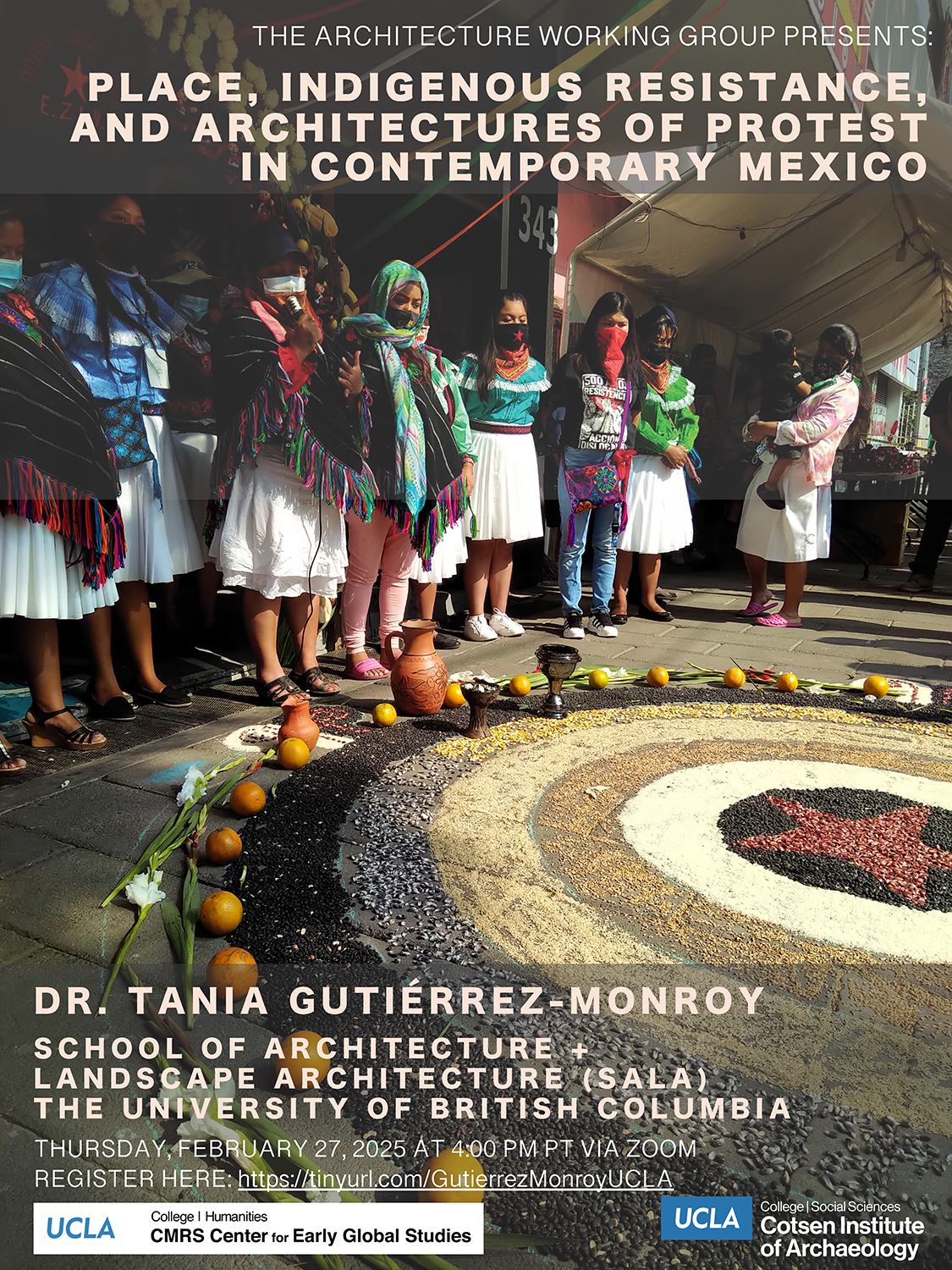
Contact Sarah Ortiz-Monasterio
Email somonasterio@g.ucla.edu
Phone
ABSTRACT: Plants have much to say about people. Their presence in the archaeological record are testaments to the lives of past human communities who have planted, harvested, used them, and have entwined their imagination with images and stories of them. This talk explores the deep history of Anatolia—modern Turkey—by tracing changes in farming strategies across the region’s shifting socio-cultural and environmental landscapes. While covering a broad chronological scope, the focus will be particularly on the Late Bronze and Iron Ages, a period marked by the rise and fall of Anatolia’s first territorial power, the Hittite Empire, and the new socio-political networks that emerged following its collapse. Drawing on a systemic survey of published scholarship, this talk also offers a critical reflection on the diverse ways paleoethnobotanical data can create historical narratives
BIO: Lorenzo is an archaeologist specializing in the study of human-environment interactions, with a particular focus on ancient agricultural systems. He is currently a postdoctoral scholar at the Cotsen Institute of Archaeology, UCLA, where he coordinates the Ancient Agriculture and Paleoethnobotany Laboratory (AAPL). He earned his PhD from the Institute for the Study of the Ancient World (ISAW) in 2022 and subsequently served as a postdoctoral lecturer in archaeology at NYU’s Department of Anthropology. Lorenzo’s research concentrates on the politics and ecology of farming in Western Asia, exploring the intersections between agricultural strategies and political structures, the impact of climatic and environmental change on farming systems, and landscape history.
Contact Sumiji Takahashi
Email sutakahashi@ioa.ucla.edu
Phone 310-825-4169
The Waystation Initiative and UCLA | Getty Conservation Program present a talk by Anauene Dias Soares on Brazilian Repatriation in Practice.
The illicit trafficking of cultural objects is a persistent problem in Brazil and other countries of the Global South. Insufficient legislation and public policies, coupled with failures in implementating the existing ones, hinder recovery efforts. Those involved in repatriation efforts are also often limited with legal issues of non-retroactivity and rule applicability, making little use of alternative instruments in repatriation. The cases of the Ubirajara jubatus fossil (returned from the Museum of Natural History in Karlsruhe, Germany) and the Tupinambá cloak (returned from Copenhagen, Denmark) exemplify this. Existing domestic and international laws have proved to be insufficient to prevent the misappropriation of cultural objects and to ensure their ethical management and return. A more effective solution requires global community engagement, fostering dialogue, collaboration, and the development of shared strategies to return cultural heritage to its origins.Therefore, this presentation will focus on to identify some alternative strategies, as well as ethical conditions for the repatriation of cultural objects to their place of origin, such as voluntary repatriation and its specificities. It will also present a brief comparative study of relevant legal considerations and their limitations for the return of cultural objects, both in Brazil and abroad.
This is a hybrid event. Please email waystation@ioa.ucla.edu to request a Zoom link.
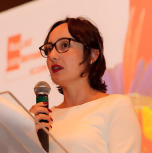 Anauene Dias Soares was the coordinator of the Brazilian Red List of the International Council of Museums (ICOM) and is an ad hoc consultant for UNESCO, where she works to combat the illicit trafficking in cultural objects. Soares is CEO/Founder of Anauene Art Law and Expertise. She is currently a Visiting Graduate Researcher at UCLA, where she is developing her PhD dissertation for the International Relations Department at the University of Brasilia (UnB).
Anauene Dias Soares was the coordinator of the Brazilian Red List of the International Council of Museums (ICOM) and is an ad hoc consultant for UNESCO, where she works to combat the illicit trafficking in cultural objects. Soares is CEO/Founder of Anauene Art Law and Expertise. She is currently a Visiting Graduate Researcher at UCLA, where she is developing her PhD dissertation for the International Relations Department at the University of Brasilia (UnB).
Contact Lyssa Stapleton
Email waystation@ioa.ucla.edu
Phone
The Dynamic Legacy of the Ifugao Rice Terraces
The Ifugao Rice Terraces, a UNESCO World Heritage site in the Philippines, represent a living cultural landscape shaped by centuries of Indigenous knowledge and community resilience. This lecture will explore the multifaceted efforts to preserve and sustain this iconic heritage amid challenges posed by climate change, modernization, and globalization. Drawing on his extensive experience with community-led initiatives, Martin will delve into strategies that center Indigenous agency in the matters of conservation and ensure that the terraces will remain both a cultural and an agricultural resource for future generations.
The lecture will revisit the origins of the rice terraces, incorporating insights from the Ifugao Archaeological Project, which redefines their history as a dynamic response to Spanish colonialism rather than an ancient legacy. By highlighting the intersections of archaeology, community education, and sustainable tourism, the presentation will showcase how the Ifugao balance cultural integrity with economic opportunities. Designed for both scholars and the larger community, the lecture will underscore the global relevance of Indigenous knowledge systems in addressing contemporary issues. It will invite a dialogue on collaborative opportunities to further engage in the preservation of the Ifugao heritage, offering pathways for partnerships that honor and amplify Indigenous voices.
Reception followed by lecture and Q&A with Marlon Martin (Save the Ifugao Terraces Movement)
Register here
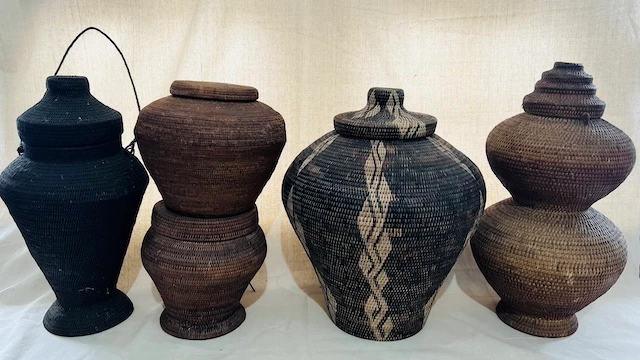
Marlon M. Martin is the executive director of the Save the Ifugao Terraces Movement (SITMo), a community-based organization dedicated to the conservation of the UNESCO-listed Ifugao Rice Terraces. A passionate advocate for Indigenous heritage and community empowerment, Martin has been instrumental in bridging local knowledge and academic research. His leadership in the Ifugao Archaeological Project has redefined how heritage research can be co-created with communities, helping to challenge long-standing misconceptions about Ifugao history. Through initiatives like the Preserving Legacies program, Martin has emphasized the centrality of community participation in developing sustainable strategies for cultural preservation and revitalization. With over two decades of experience in heritage management, Martin has contributed to national and international dialogues on Indigenous knowledge systems, climate adaptation, and the intersections of cultural and environmental sustainability. His work exemplifies the transformative potential of community-driven approaches to archaeology and heritage conservation.
Sponsored by Center for Southeast Asian Studies, Fowler Museum at UCLA, Cotsen Institute of Archaeology, Henry Luce Foundation, the Philippine Consulate General in Los Angeles, and the Office of Senator Loren Legarda (Senate of the Philippines)
Contact Center for Southeast Asia Studies
Email cseas@international.ucla.edu
Phone

ABSTRACT: Religious practice on the Athenian Acropolis in the Archaic period is perhaps best known through the dedications that were buried on the summit after the site was sacked by the Persians in the early 5th century BCE. These dedications include marble statues of young maidens—called korai—as well as inscribed statue bases that record the names of dedicators and, sometimes, their motivations. In this paper, Debby Sneed presents the results of her co-authored study on one religious dedication and discusses what it means for our understanding of religious devotion and disability in Archaic Athens.
BIO: Debby is a UCLA alumna; she graduated with her PhD in Archaeology in 2018. Currently she is an assistant professor of Classics at California State University, Long Beach. She also serves as the Field Supervisor of the Athenian Agora excavations and summer program for the American School of Classical Studies at Athens. Her research primarily focuses on disability in ancient Greece. She has published three articles so far on the topic, including one on disability and infanticide in ancient Greece, another on ramps as accessibility features in ancient Greek healing sanctuaries, and one entitled Ancient Greek and Roman Crip Lit. She has an article forthcoming that is co-authored with Mason Shrader, a graduate student at the Joukowsky Institute for Archaeology in the Ancient World, which argues for the ethics of accessibility on archaeological excavations. In today's talk, she will present an article co-authored with Erin Lawrence-Roseman, a graduate student at Berkeley, that will be published in Art Bulletin later this year, focused on disability and ancient Greek sculpture.
Contact Sumiji Takahashi
Email sutakahashi@ioa.ucla.edu
Phone 310-825-4169
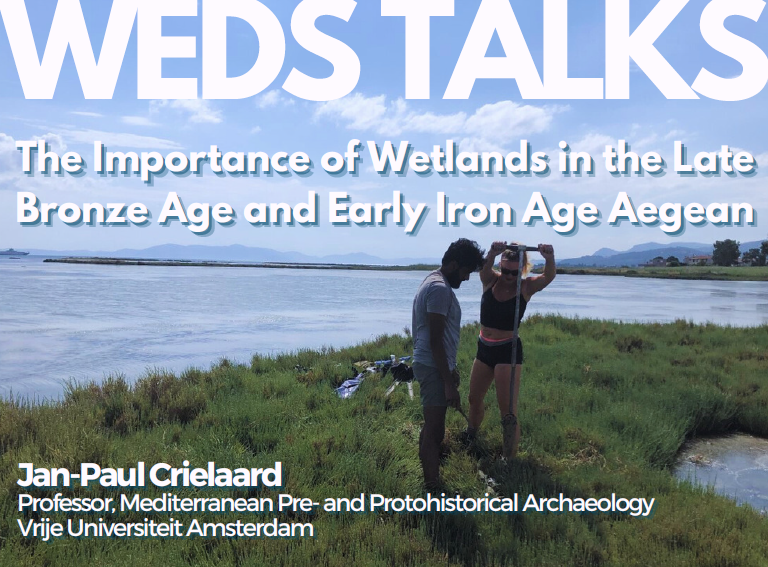
ABSTRACT: During the final stages of the Late Bronze Age, a shift in habitation towards coastal locations can be observed in several regions within the Aegean. Palaeoclimatic, sedimentological, and palynological data show that this shift includes settlement in or near marshy areas and wetlands. An assessment is made of the living conditions, as well as the advantages and disadvantages of inhabiting watery landscapes, using (bio)archaeological data and references from the Homeric epics. These findings help to shed new light on specific specimens of Late Geometric pottery, which appear to feature examples of wetland iconography.
BIO: Jan Paul Crielaard research focuses on the Early Iron Age and Archaic period, often combining written and archaeological information. He has published extensively on such topics as interconnections and culture contacts within the Mediterranean, Greek colonization, elites and elite behaviour, ethnicity, and archaeology and the Homeric epics. He has been involved in fieldwork in Greece, Cyprus, Turkey and Italy, and has been the co-director of the L’Amastuola field project in Puglia, Italy, and since 2010 directs the Plakari Archaeological Project in Karystos, and the Southern Euboia Sea and Land Routes Projects, both on the island of Euboia, Greece.
Contact Sumiji Takahashi
Email sutakahashi@ioa.ucla.edu
Phone 310-825-4169
This event has reached full capacity and is no longer accepting reservations - please email outreach@ioa.ucla.edu for information about future events.
Open House for K-12 students
Visit the labs, participate in a variety of activities including dig boxes, pottery-making, rock art, photobooth, and more!
Contact Victoria Newhall
Email outreach@ioa.ucla.edu
Phone
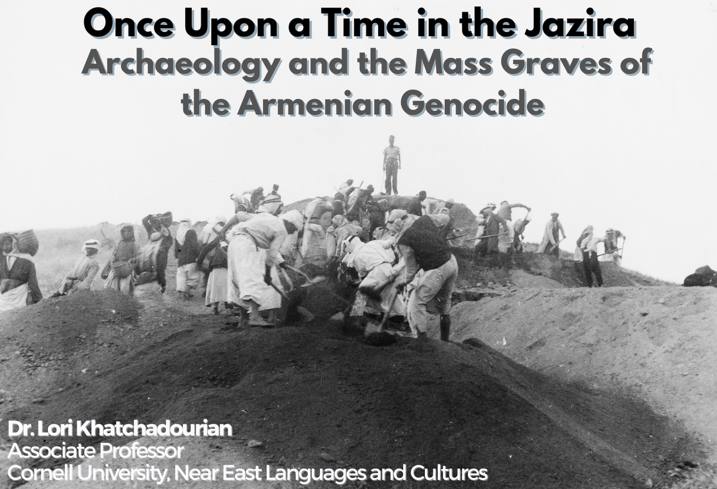
ABSTRACT: For the dead, and for the wretched who lived to give testimony to the Armenian Genocide, the Jazira region of northeastern Syria was hell on earth, its arid expanse and biblical rivers bloated with bodies and bones—the victims of Ottoman deportations and massacres. But for archaeology, which Laurent Olivier has dubbed the “consummate once-upon-a-time discipline”, the Jazira has been more akin to an Eden, brimming with vestiges of the deep past. This talk explores the practice of archaeology in this necrogeography. I disclose and diagnose how, for nearly a century, archaeology has remained virtually silent on the mass graves of the Jazira. Analysis centers on the mound of Tell Fekheriye, where several teams have uncovered and disregarded skeletal remains from the 1915-1916 massacres ever since the University of Chicago launched excavations in 1940. Among the world’s first mass grave exhumations, the Chicago project produced a collection of photographs, long buried in the archive. As archaeologists ignored the dark record of modernity in northern Syria, there emerged a parallel engagement with traces that I call survivor archaeology, a vernacular practice undertaken by genocide survivors and descendants to reckon with the memory of atrocity through the excavation, collecting, memorialization, and circulation of bones.
BIO: Trained as an archaeologist, Dr. Katchadourian's research spans the fields of archaeology, social anthropology, and critical heritage studies, with a particular focus on Armenia, the South Caucasus, and neighboring regions. Her work explore problems of empire, materiality, the archaeology of modernity, Soviet socialism and its aftermath, and the politics of heritage. Her research and teaching are temporally expansive, extending from the deep past to the present, and attentive to the ways in which the materiality of the past shapes contemporary politics, economics, and ethics. She pursue these concerns using the methods of archaeology, ethnography, spatial analysis, and archival research.
Contact Sumiji Takahashi
Phone
- ‹ previous
- 3 of 50
- next ›
